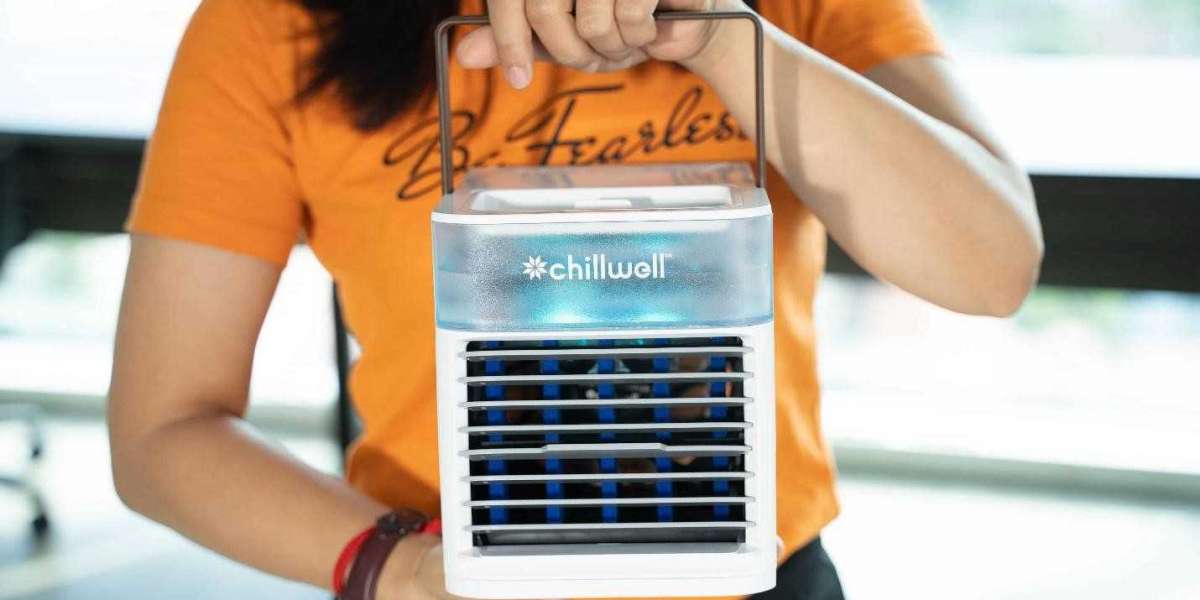In an era where mobile applications have become integral to healthcare delivery, ensuring robust security is paramount. Mobile application security not only safeguards sensitive patient data but also upholds the trust and credibility of key market players in the healthcare industry.
This article explores the critical aspects of mobile application security, its significance in healthcare, the key market players, the types of mobile application operating systems, and the imperative need for application security testing.
The Rise of Mobile Applications in Healthcare
The integration of mobile applications in healthcare has revolutionized patient care, facilitating seamless communication, remote monitoring, and personalized health management. However, with this digital transformation comes the imperative to address mobile application security concerns to protect patient privacy and maintain the integrity of health data.
Mobile Application Security: A Defining Imperative
Mobile application security encompasses measures to safeguard applications and the data they handle from unauthorized access, breaches, and cyber threats. In healthcare, where the stakes are particularly high, the need for stringent security measures cannot be overstated.
Patient records, treatment plans, and sensitive medical information are all stored and accessed through mobile applications, making them lucrative targets for cybercriminals.
The Growing Significance of Application Security Testing
As the threat landscape evolves, so too must our security measures. Application security testing has emerged as a critical component of the development lifecycle. It involves assessing the vulnerabilities of a mobile application through various testing methods such as static analysis, dynamic analysis, and interactive testing.
By identifying and mitigating security flaws early in the development process, healthcare organizations can fortify their applications against potential breaches.
Exploring Mobile Application OS Types in Healthcare
Understanding the landscape of mobile application operating systems is vital for developers and healthcare organizations alike. The two dominant players, iOS and Android, cater to distinct user bases.
iOS, known for its closed ecosystem, emphasizes security and privacy, making it a popular choice for healthcare applications handling sensitive data.
On the other hand, Android's open-source nature allows for greater customization but necessitates robust security protocols to counter potential vulnerabilities.
Key Market Players in Mobile Applications for Healthcare
The mobile applications market in healthcare is teeming with key players contributing to the industry's growth. From telemedicine apps connecting patients with healthcare providers to health tracking applications empowering users to monitor their well-being, these players play a pivotal role in shaping the digital health landscape.
However, with great influence comes great responsibility – the responsibility to ensure the security and privacy of the vast amounts of data flowing through their applications.
Key Market Players include Adidas AG, Nike, Inc., PUMA SE, Tapestry, Inc., New Balance, Inc. (New Balance Aesthetics, Inc.), Herman Miller, Inc., American Leather Operations, LLC, Lear Corporation, VF Corporation, and Hermes International S.A.
Challenges in Mobile Application Security
While the benefits of mobile applications in healthcare are undeniable, challenges persist in securing these platforms. Balancing user convenience with stringent security measures poses a perpetual challenge. Additionally, the rapid pace of technological advancements requires continuous adaptation to emerging threats.
The healthcare sector, in particular, must navigate regulatory compliance issues, ensuring that mobile applications adhere to standards such as HIPAA (Health Insurance Portability and Accountability Act) for data protection.
Here are some significant challenges in mobile application security:
Data Leakage and Privacy Concerns
Mobile applications often handle sensitive user data, including personal information and health records in the case of healthcare apps. Ensuring that this data remains confidential and is not susceptible to leakage is a constant challenge.
Inadequate Encryption
Weak or insufficient encryption mechanisms expose data to interception by unauthorized entities during transmission. Mobile applications need robust encryption protocols to protect data both in transit and at rest.
Authentication and Authorization Weaknesses
Weak user authentication mechanisms can lead to unauthorized access to sensitive information. Additionally, flaws in authorization processes may allow attackers to exploit privileges, gaining access to data they shouldn't have.
Device Fragmentation
The diverse landscape of mobile devices and operating systems poses a challenge for developers in creating uniform security standards. What works for one device or OS version may not be applicable to another, leading to potential vulnerabilities.
Lack of Secure Coding Practices
Developers may not always adhere to secure coding practices, leaving vulnerabilities in the application's source code. This oversight can result in exploits such as SQL injection, cross-site scripting, and other common attack vectors.
Rapid Development and Deployment Cycles
The pressure to release features quickly may compromise security measures. Frequent updates and patches are essential, but the pace of development can inadvertently introduce vulnerabilities that are not promptly addressed.
Third-Party Integration Risks
Many mobile applications rely on third-party libraries, frameworks, and APIs. Ensuring the security of these integrations becomes challenging, especially when updates or patches from third-party providers are not promptly applied.
Social Engineering Attacks
Humans are often the weakest link in the security chain. Phishing, social engineering, and other manipulation techniques can trick users into divulging sensitive information or downloading malicious applications.
Insufficient User Education
Users may not be fully aware of the potential security risks associated with mobile applications. Lack of education on safe mobile usage habits can contribute to unwittingly falling victim to security threats.
Best Practices for Mobile Application Security in Healthcare
To fortify mobile applications against security threats, adherence to best practices is crucial. Encryption of data in transit and at rest, robust user authentication mechanisms, regular security updates, and thorough application security testing are indispensable measures. Integrating secure coding practices from the application's inception and fostering a security-aware culture within development teams further strengthens the overall security posture.
Looking Ahead: Future Trends in Mobile Application Security
As technology advances, so does the sophistication of cyber threats. Future trends in mobile application security for healthcare may include the integration of artificial intelligence for threat detection, blockchain for secure data sharing, and a continued emphasis on user education to prevent social engineering attacks.
Securing the Future of Mobile Applications in Healthcare
In conclusion, the convergence of mobile applications and healthcare has unlocked unprecedented possibilities for patient care and engagement. However, the protection of sensitive health data demands a steadfast commitment to mobile application security.
As key market players continue to innovate, the onus is on them to set industry standards for security and privacy. Through comprehensive application security testing, adherence to best practices, and a proactive approach to emerging threats, the healthcare sector can confidently navigate the digital frontier, ensuring a secure and promising future for mobile applications in healthcare.








